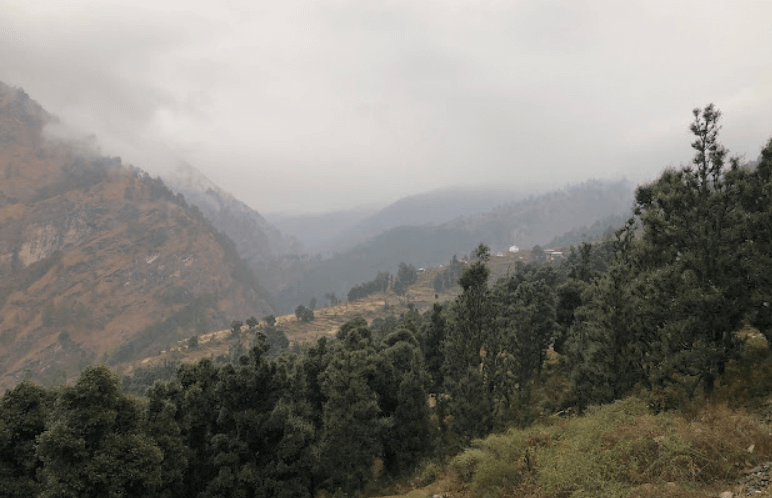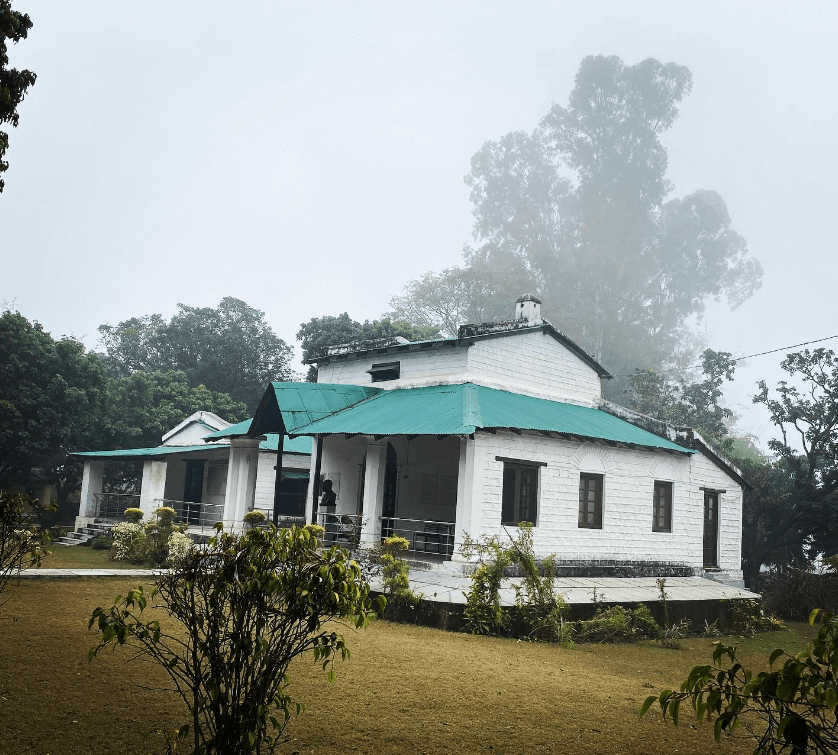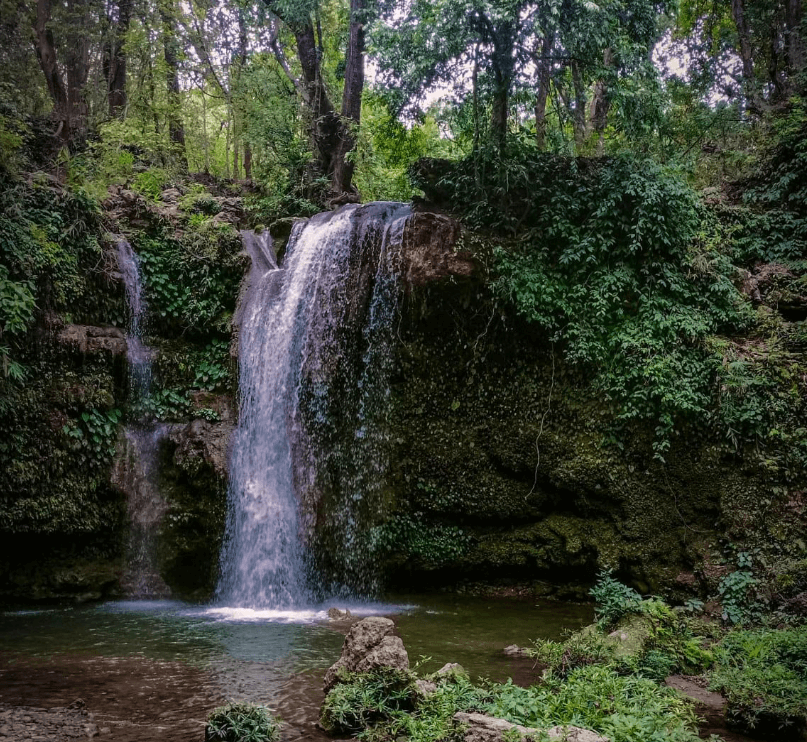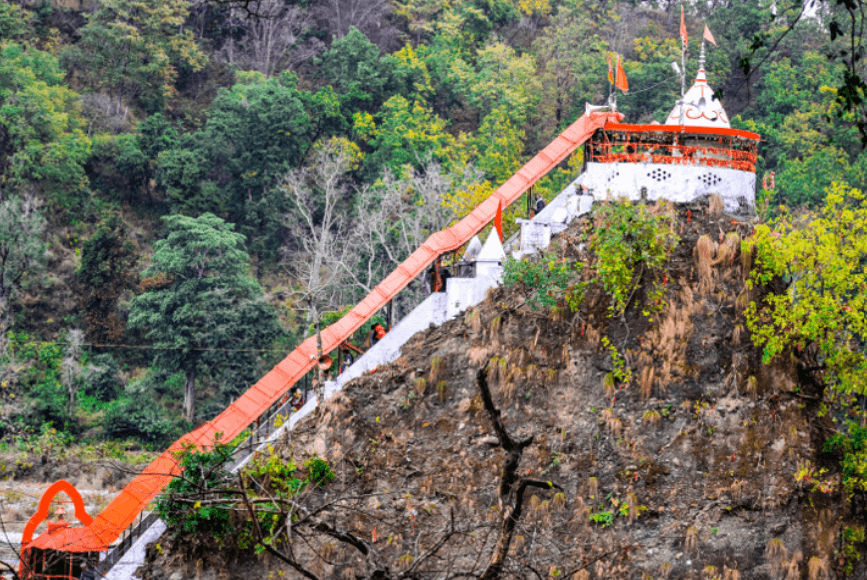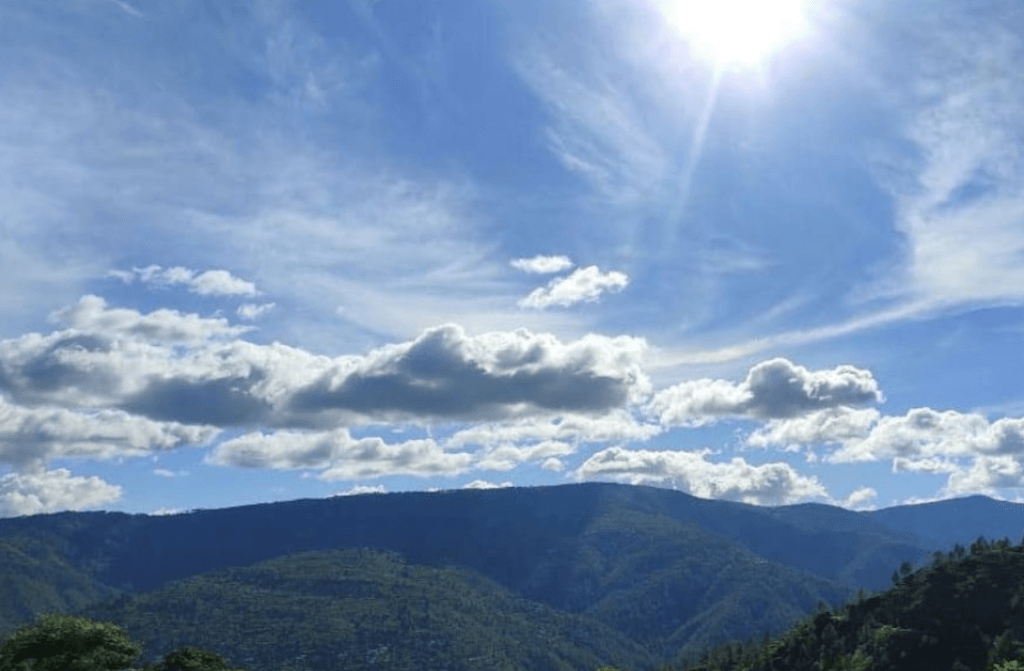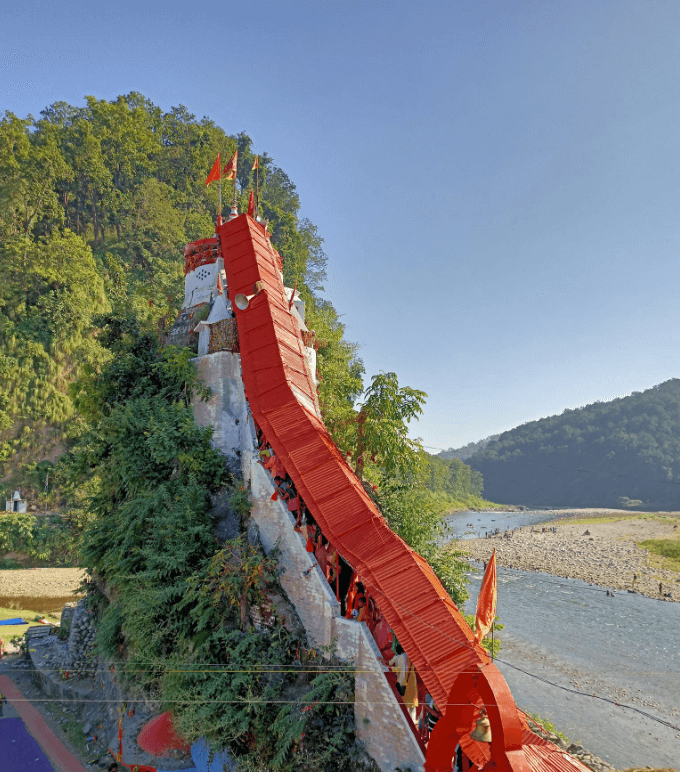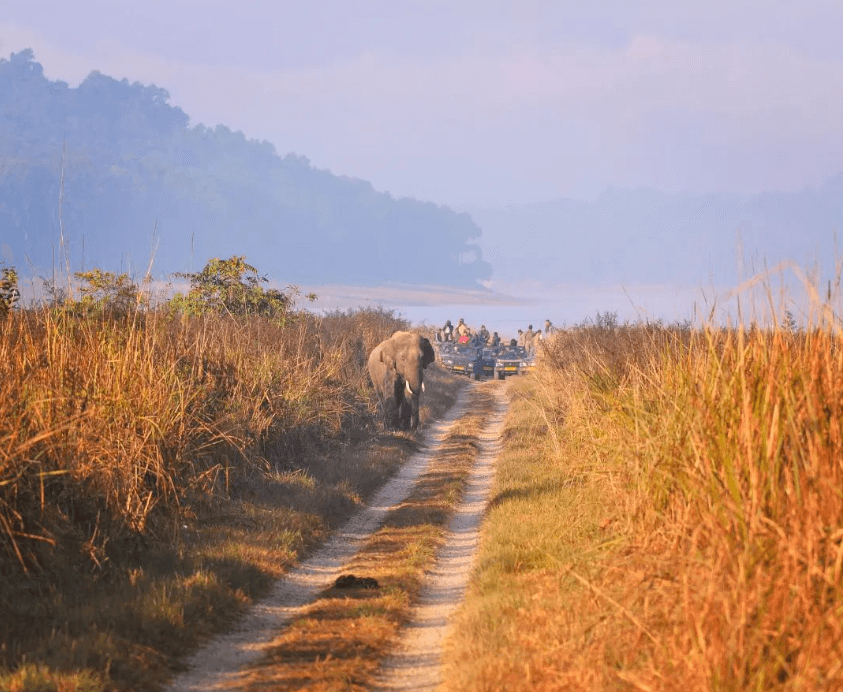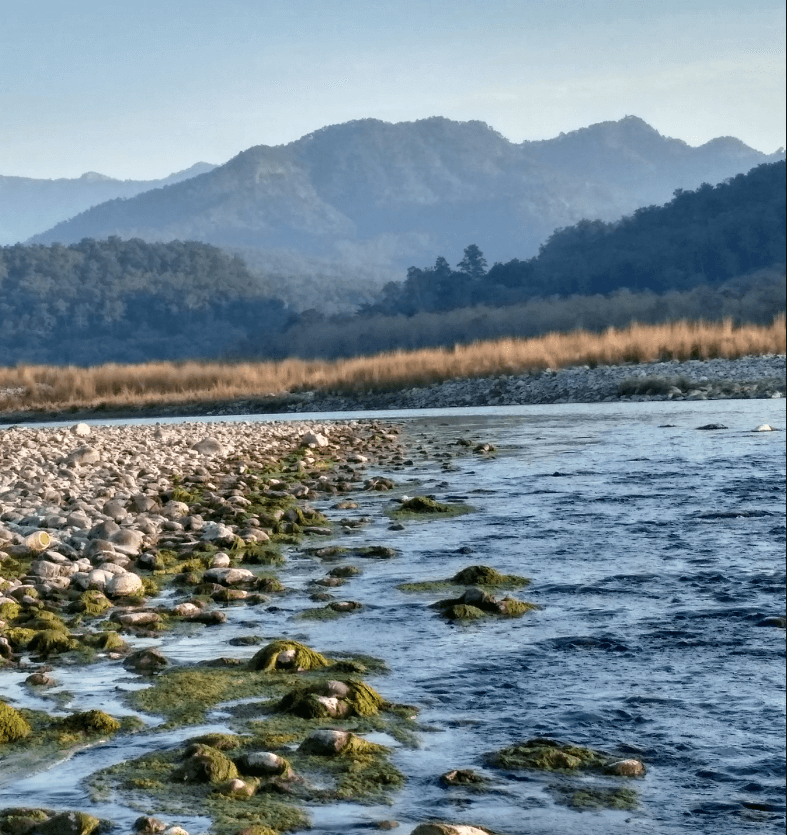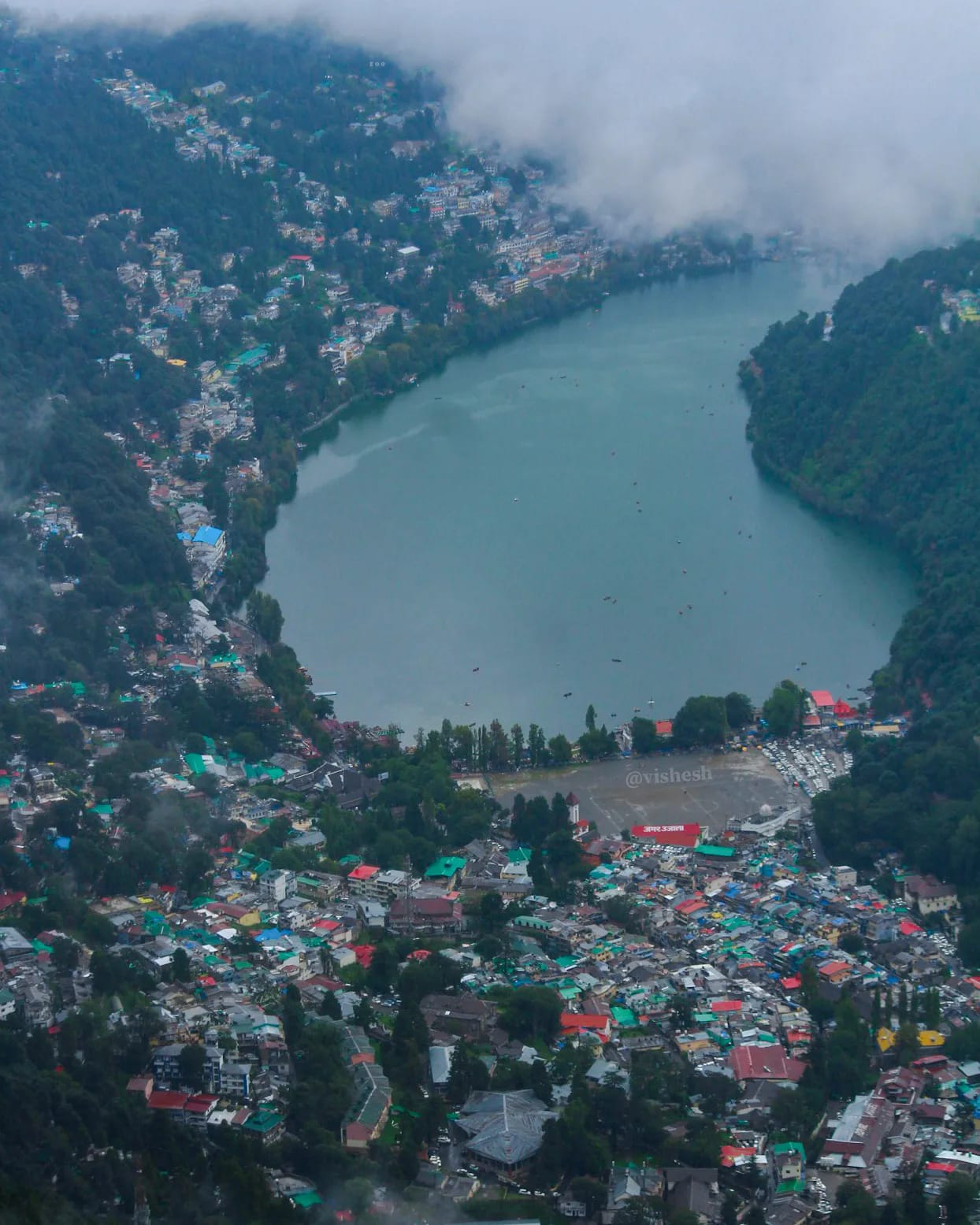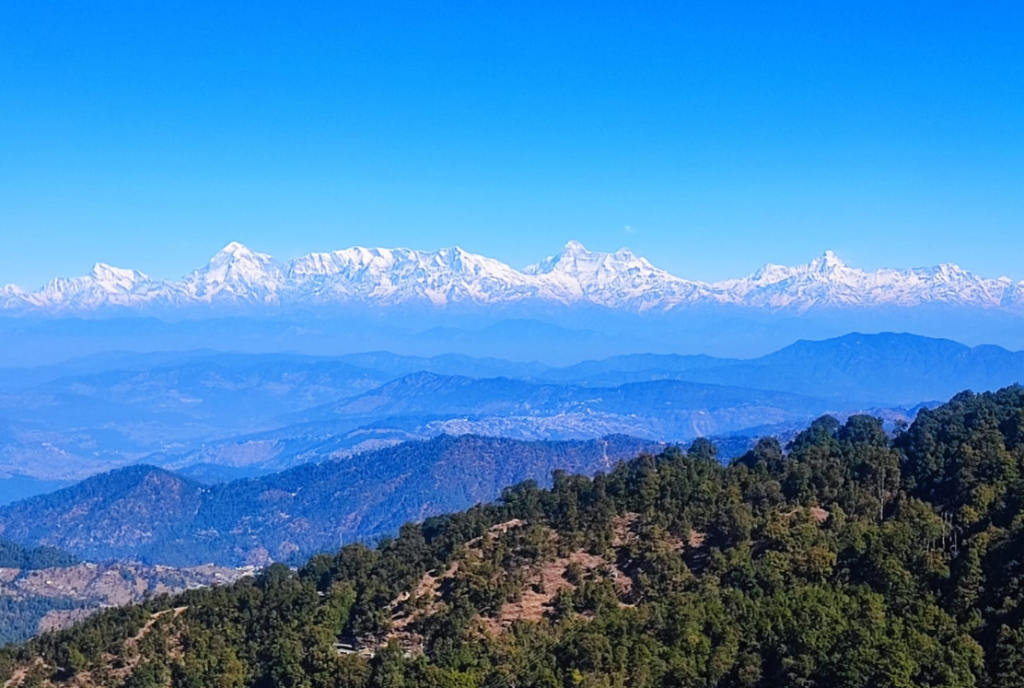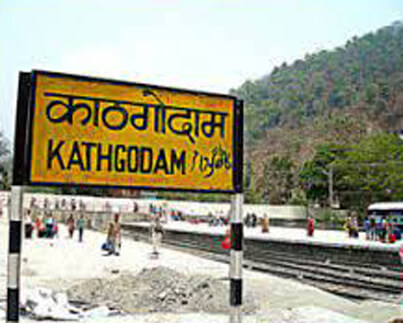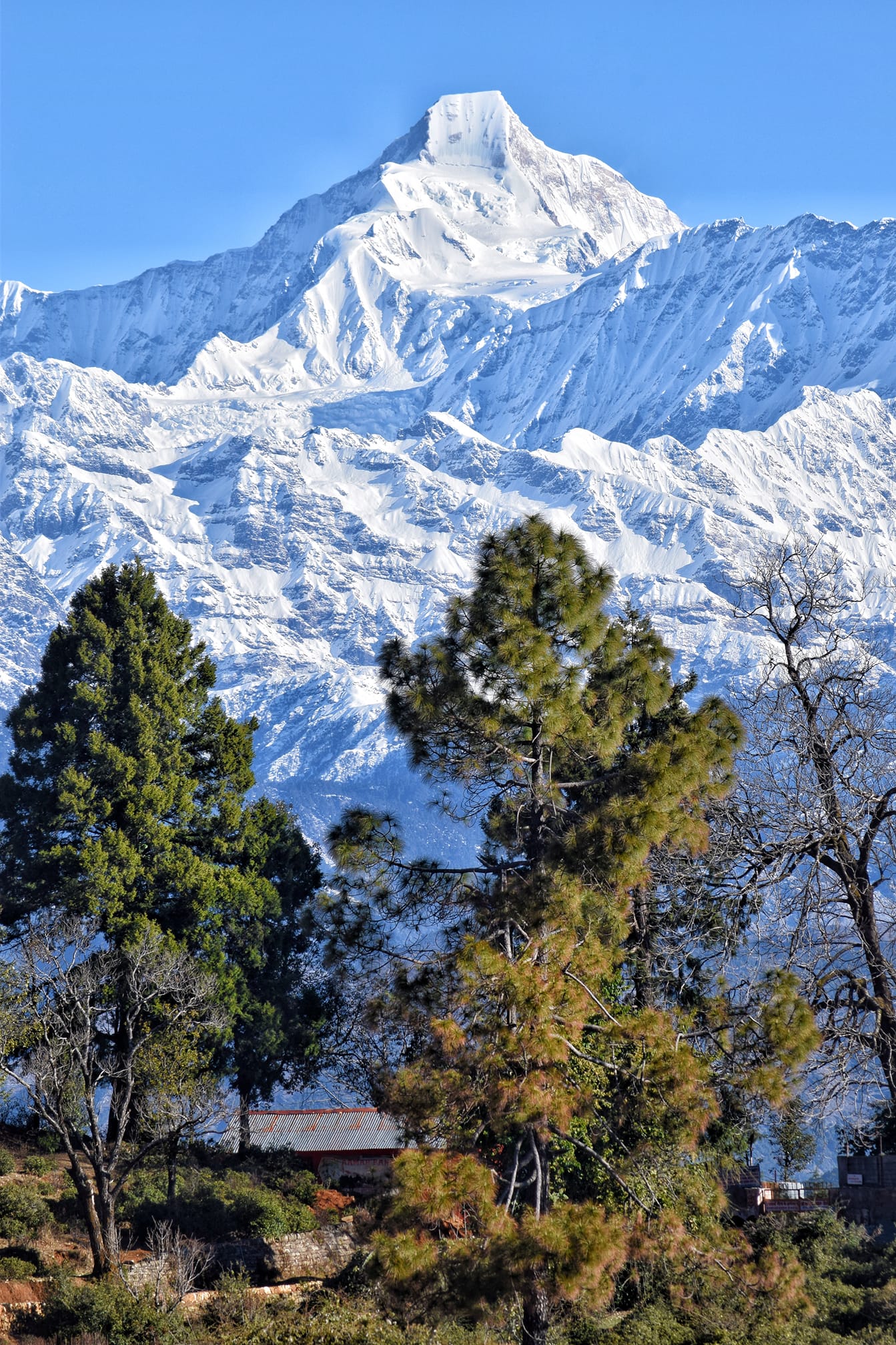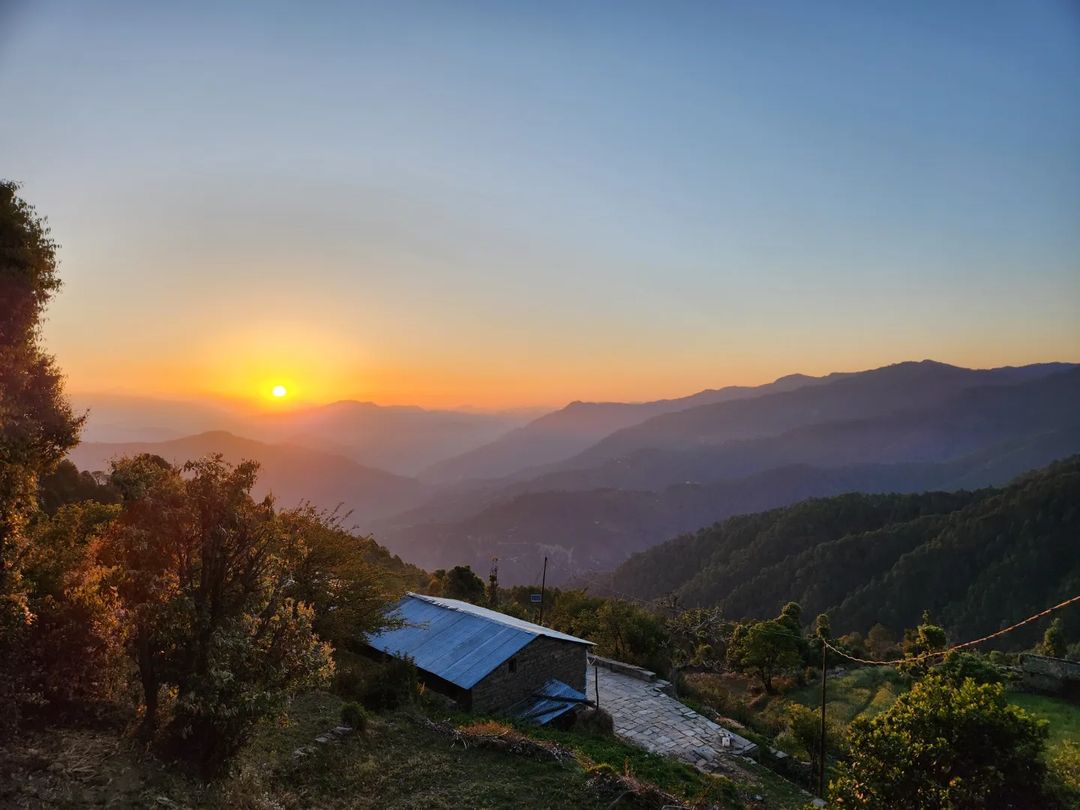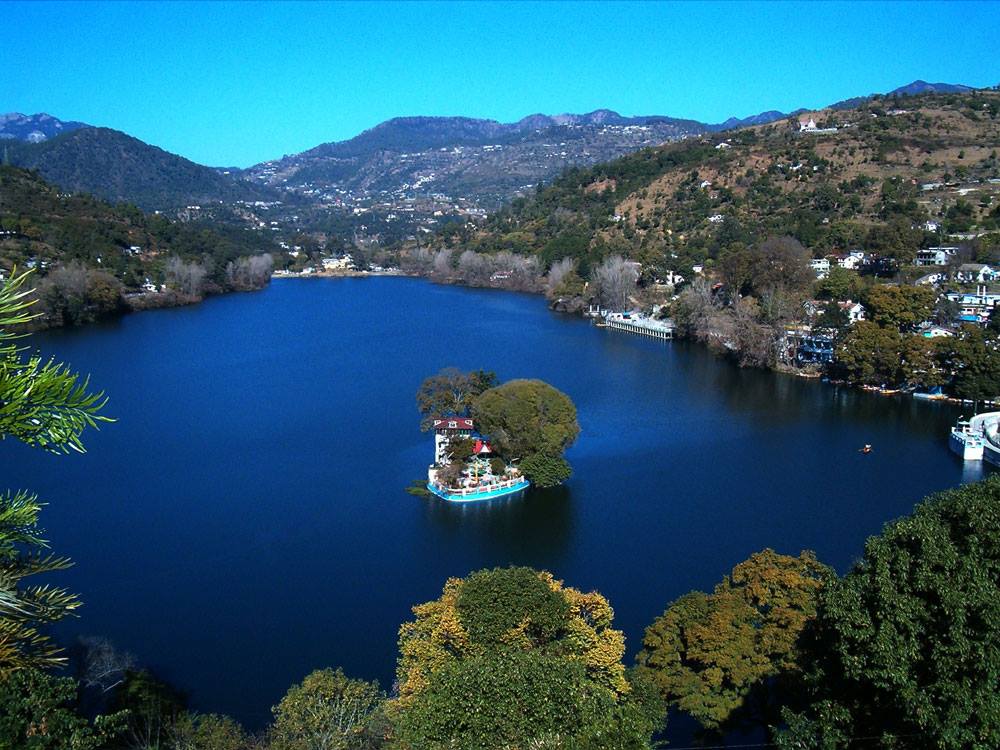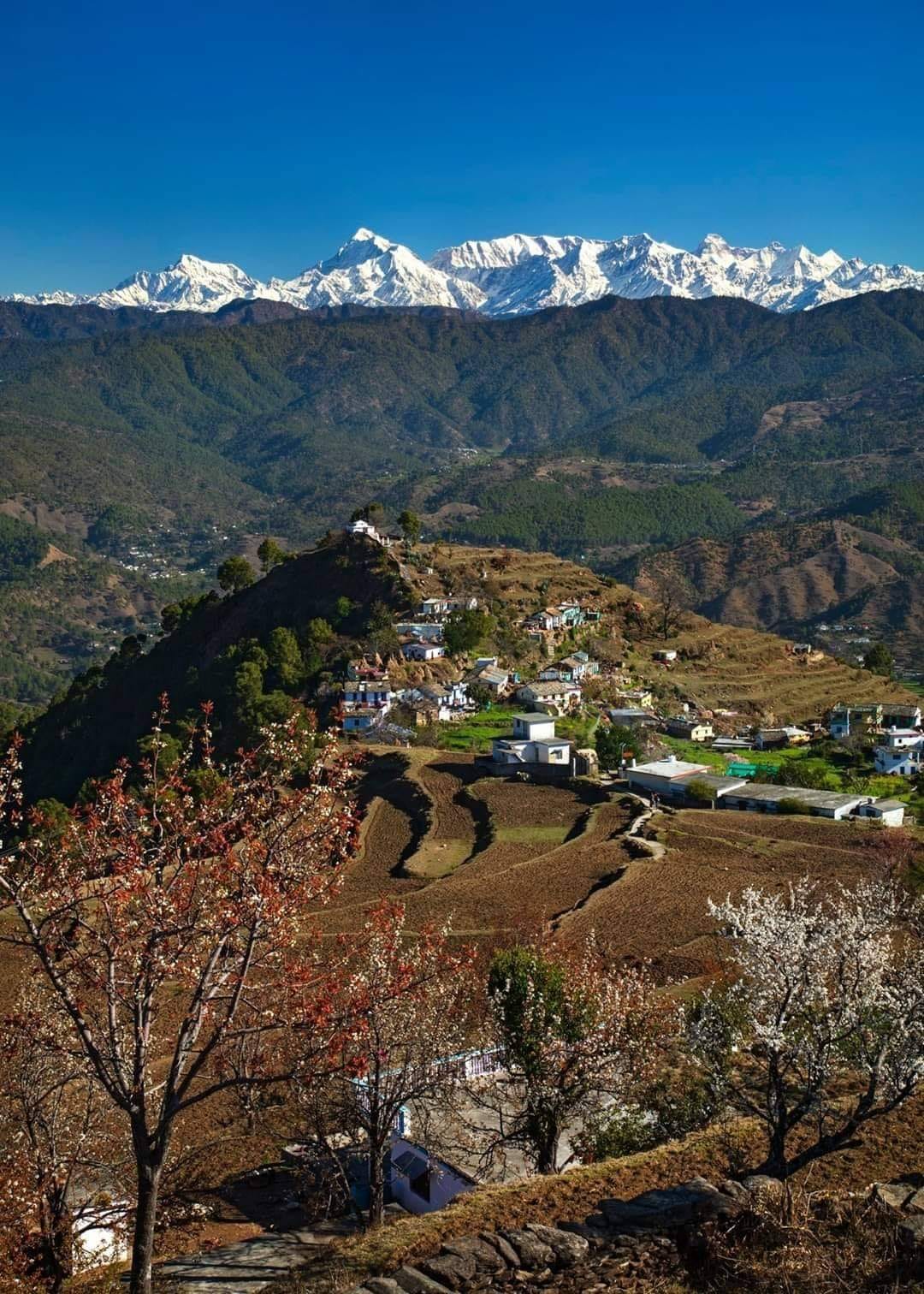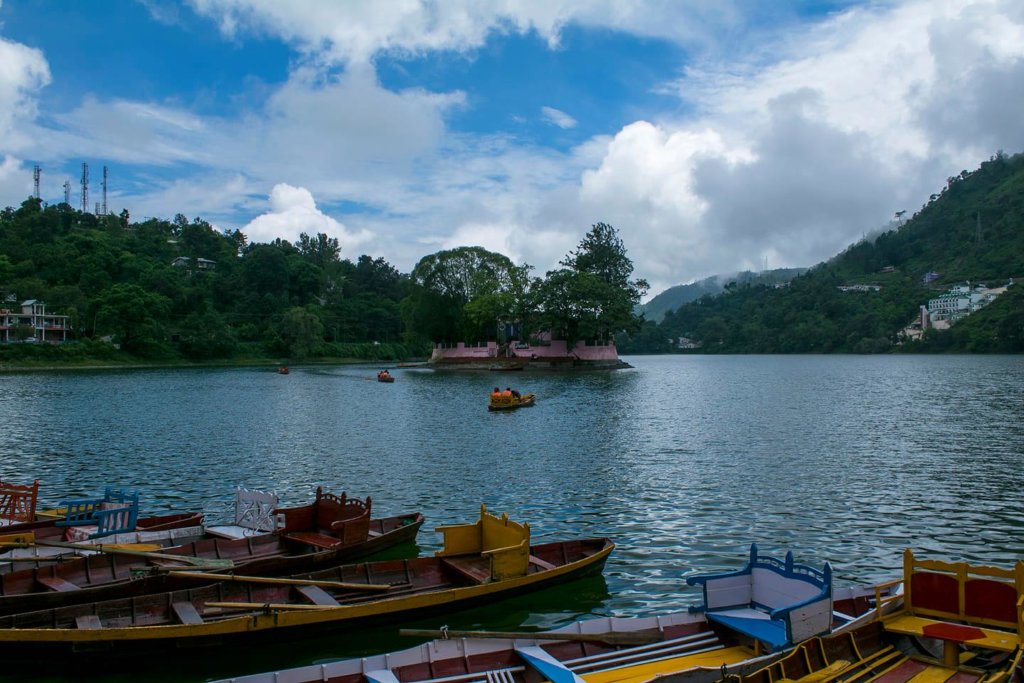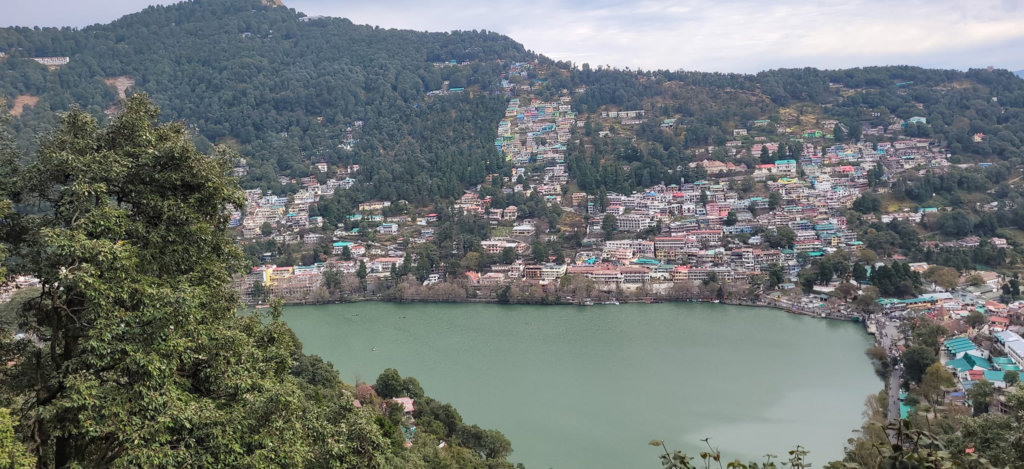Corbett National Park, officially known as Jim Corbett National Park, is one of the oldest and most renowned national parks in India. Established in 1936, it is located in the Nainital district of the Indian state of Uttarakhand. The park is named after Jim Corbett, a British hunter, naturalist, and author, who played a key role in its establishment.
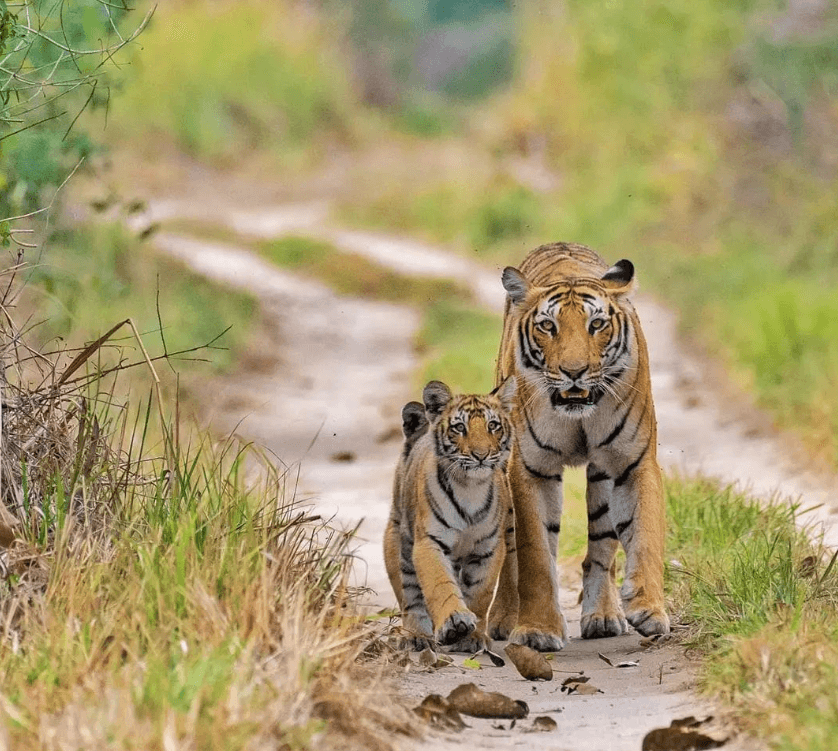
Key features of Corbett National Park:
Geography and Landscape:Corbett National Park covers an area of approximately 520 square kilometers and is situated at the foothills of the Himalayas.The park is traversed by the Ramganga River and consists of diverse landscapes, including hills, riverine belts, grasslands, and dense forests.
Flora and Fauna:The park is known for its rich biodiversity, home to a variety of flora and fauna.The vegetation includes sal forests, mixed deciduous forests, and grasslands.
Corbett is famous for its population of Bengal tigers, which are among the main attractions for wildlife enthusiasts. Other notable wildlife species include elephants, leopards, sloth bears, and a wide variety of deer and bird species.
Wildlife Conservation:Corbett National Park has been a pioneer in the conservation of the Bengal tiger. It was one of the first areas in India to be included under the Project Tiger initiative.The park is also home to the Corbett Foundation, a non-profit organization working towards the conservation of wildlife and ecosystems in the region.
Tourism and Safaris:Corbett National Park is a popular destination for wildlife tourism and eco-tourism.
Visitors can enjoy jeep safaris, elephant safaris, and bird-watching tours to explore the park’s diverse landscapes and wildlife.
Dhikala and Bijrani are among the popular zones within the park for safari experiences.
Dhikala Zone:Dhikala is the largest and most varied zone in the park, known for its diverse topography and abundance of wildlife.The zone is located on the banks of the Ramganga River and provides excellent opportunities for wildlife sightings.
Bijrani Zone:Bijrani is another popular zone known for its open grasslands and dense forests.It offers a chance to spot a variety of wildlife, including tigers, elephants, and deer.
Activities In Corbett National Park
Wildlife Safari:Jungle Safari: Explore the wilderness of Corbett National Park through jeep safaris. These safaris are organized by the park authorities and provide a chance to spot a variety of wildlife, including Bengal tigers, elephants, leopards, deer, and numerous bird species.
Bird Watching:Corbett is home to a diverse range of bird species. Birdwatchers can enjoy spotting both resident and migratory birds. Some popular bird-watching zones include the Dhikala area, Sitabani, and the riverbanks.
Wildlife Photography:Corbett National Park is a paradise for wildlife photographers. The diverse flora and fauna, landscapes, and unique moments in the animal kingdom provide ample opportunities for capturing stunning photographs. Make sure to carry your camera equipment and be respectful of the park’s guidelines for wildlife photography.
Nature Walks and Trekking:Explore the beauty of Corbett on foot by taking guided nature walks or trekking trails. This allows you to appreciate the smaller details of the ecosystem, learn about the flora and fauna, and enjoy the tranquility of the surroundings.
Dhikala Canter Safari:The Dhikala zone is one of the most popular areas in Corbett for wildlife enthusiasts. Canter safaris are available for larger groups, providing a shared experience to explore the core zones of the park.
River Rafting:If you are looking for an adventure beyond wildlife, you can enjoy river rafting in the Kosi River, which flows near the park. It offers a thrilling experience against the backdrop of scenic landscapes.
History Of Corbett National Park
Establishment:The park was established in 1936 and was initially named Hailey National Park after Sir Malcolm Hailey, the then Governor of the United Provinces. It was later renamed Ramganga National Park and finally became Jim Corbett National Park in 1957, in honor of the renowned hunter-turned-conservationist Jim Corbett.
Jim Corbett:Jim Corbett, born in 1875, was a British-Indian hunter, tracker, naturalist, and author. He played a crucial role in the establishment of the park and was a key figure in the early conservation movement in India. Corbett was known for his efforts to protect the local wildlife, especially the Bengal tiger, from poachers.
Conservation Efforts:Corbett was actively involved in the conservation of the region’s wildlife and played a significant role in the establishment of the national park to protect the endangered Bengal tiger.
Project Tiger:Corbett National Park was one of the first areas in India to be included in Project Tiger, a wildlife conservation initiative launched in 1973 to protect the Bengal tiger. The park’s role in the project has been crucial in ensuring the survival of the tiger population.
Tourism:Over the years, Corbett National Park has become a popular tourist destination, attracting wildlife enthusiasts, nature lovers, and adventure seekers. Safari tours are organized to provide visitors with the opportunity to observe the park’s diverse flora and fauna, including the majestic Bengal tiger.
Corbett National Park stands as a testament to the commitment to wildlife conservation and has played a pivotal role in the protection of the Bengal tiger and other endangered species in the region. It continues to be a significant destination for ecotourism and wildlife conservation efforts in India.
Near Place to Vist
How To Reach Sankri
Sankri is a picturesque village located in the Uttarkashi district of the Indian state of Uttarakhand. It serves as a…
Corbett Museum
Corbett Museum, located near Kaladhungi, is not just an ordinary museum; it holds a special significance for historians, heritage enthusiasts,…
Corbett Falls
Corbett Falls, situated 25 kilometers from Ramnagar, is a breathtaking waterfall enveloped by dense teak wood forests, enhancing its natural…
Garjiya Temple
The Garjiya Devi Temple in Uttarakhand is a renowned Shakti Shrine dedicated to Garjiya Devi, believed to be the incarnation…
Ramnagar
Ramnagar is a town located in the Nainital district of the Indian state of Uttarakhand. It is situated on the…
How To Reach Corbett National Park
By Road
From Delhi:The distance from Delhi to Corbett National Park is approximately 260 kilometers.You can take a private car, hire a taxi, or use bus services that operate between Delhi and Ramnagar.
From Ramnagar:Ramnagar is the gateway to Corbett National Park, and it is well-connected by road.You can hire a taxi or take a local bus to reach the national park.
By Train
The nearest railway station is Ramnagar Railway Station, which is well-connected to major cities like Delhi, Lucknow, and Varanasi. Ramnagar is about 12 kilometers from Corbett National Park, and you can hire a taxi or take a local bus to reach the park.
By Air
The nearest airport to Corbett National Park is Pantnagar Airport (PGH), which is approximately 121 kilometers away. From the airport, you can hire a taxi or take a bus to reach the national park.

